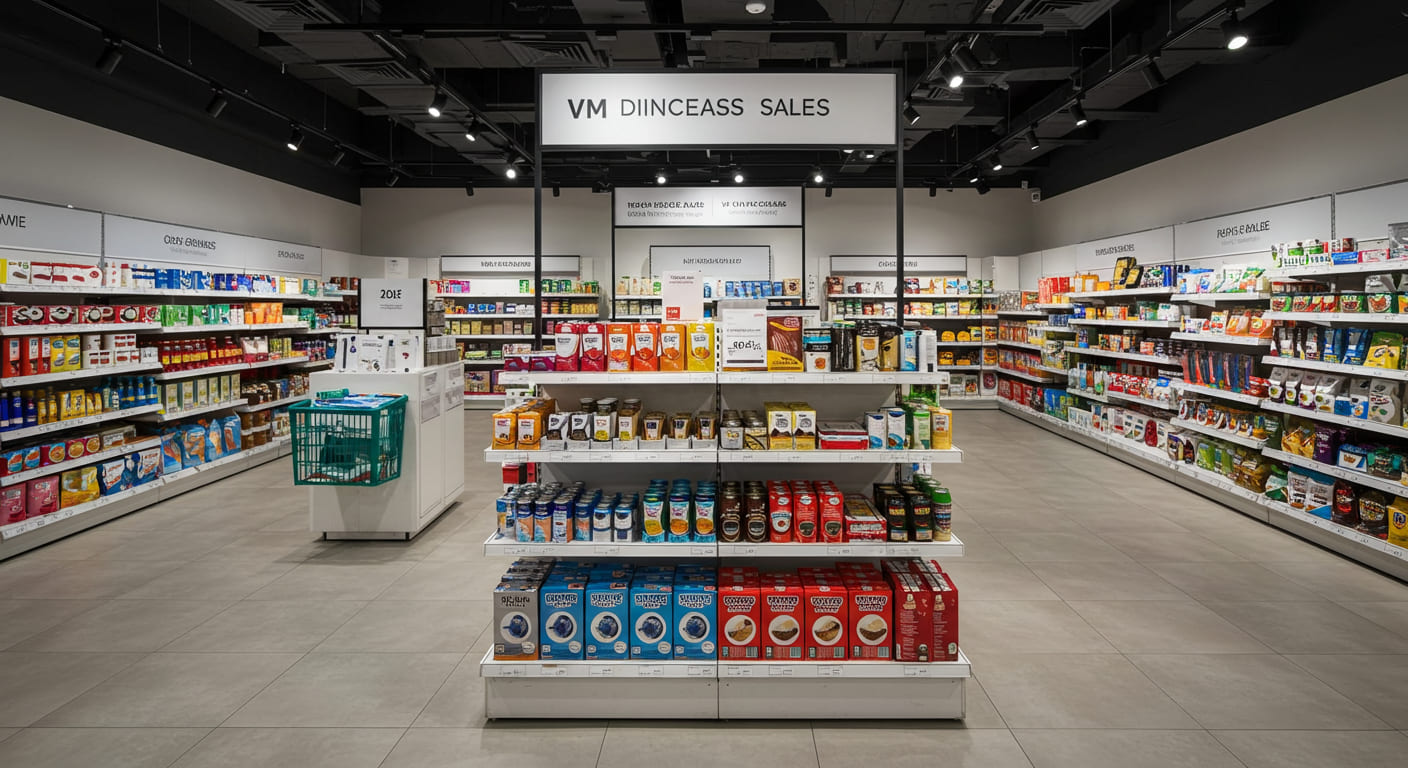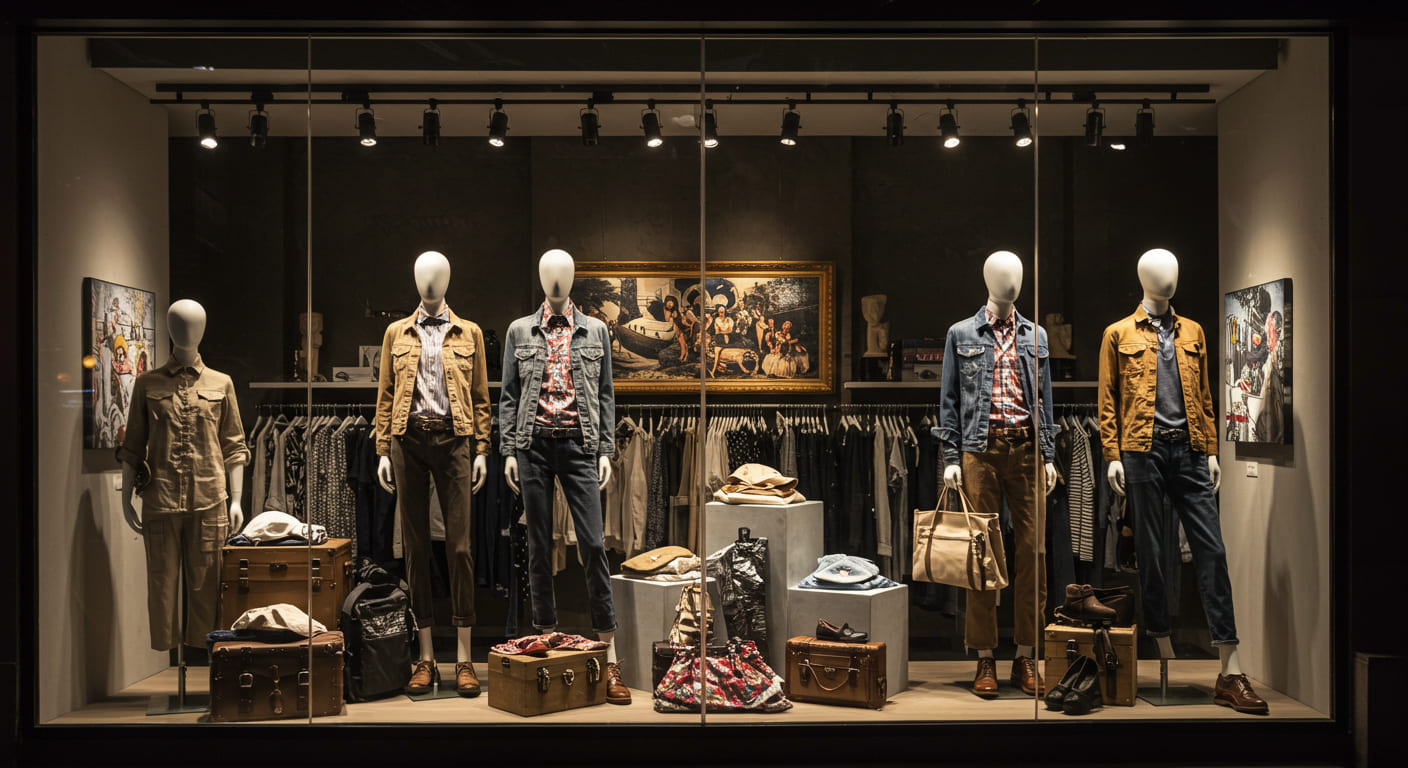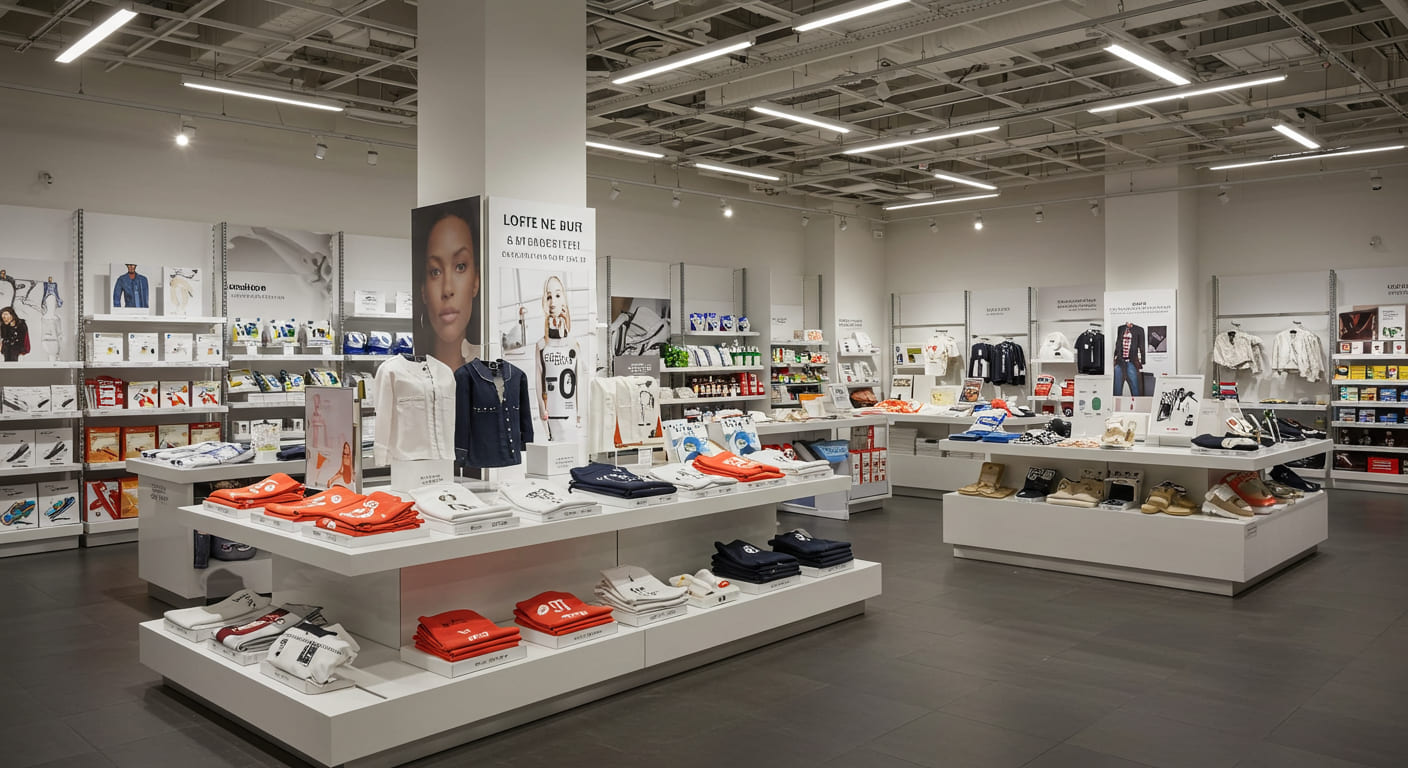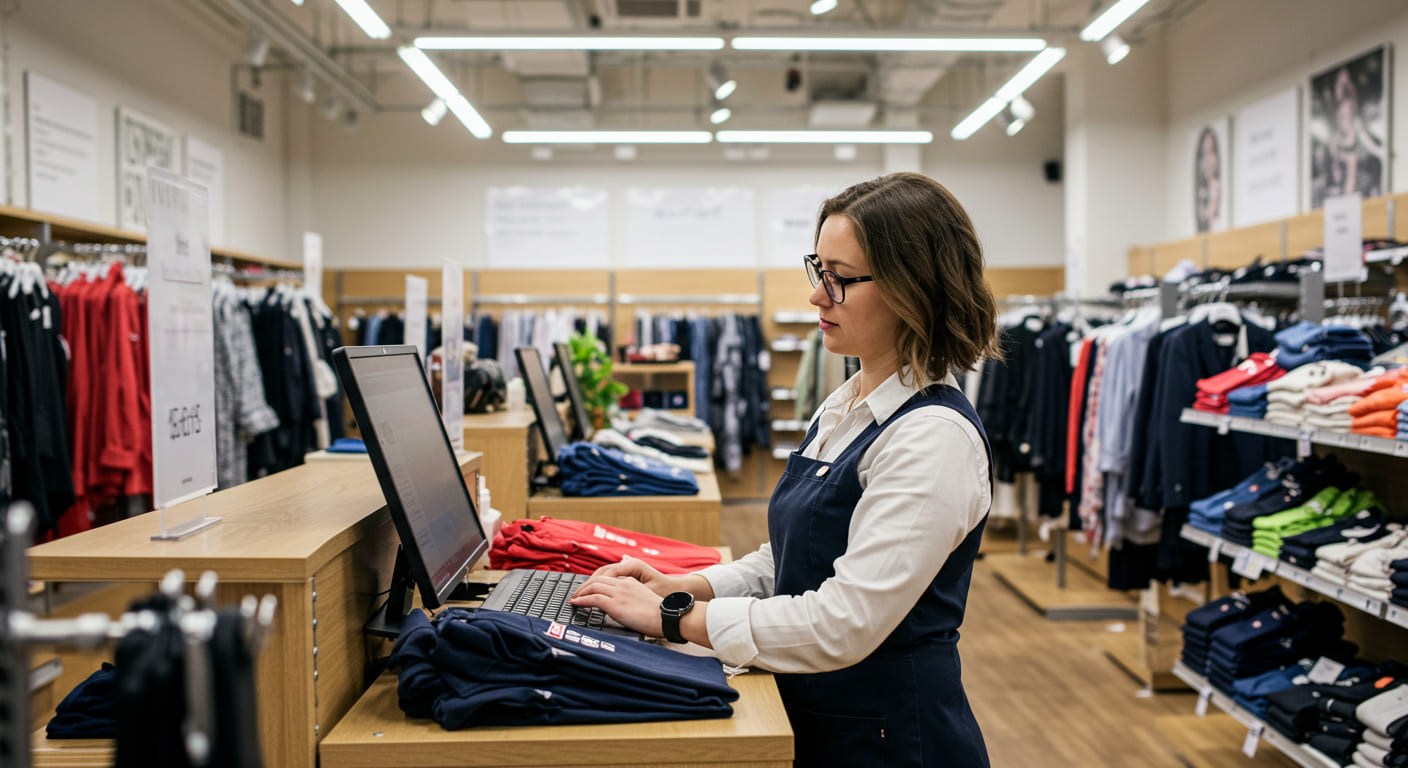
What Is Visual Merchandising in Retail?
Are your stores feeling uninspired and cluttered? This confusion directly hurts your sales as customers walk right by, unimpressed by your products and your brand’s presentation.
Visual merchandising is the art and science of displaying products in a retail space1 to attract, engage, and motivate customers to buy. It uses layouts, color, lighting, and fixtures to create a compelling shopping experience.

I’ve spent over a decade running a factory that produces the tools for visual merchandising1. I’ve worked with top brands and designers like Mark. What I’ve learned is that great VM is not just about making things look pretty. It is a strategic process that turns a store into a powerful sales machine. Let’s break down what that really means for you.
What is an example of visual merchandising1?
Do customers seem to ignore your feature products? Without strategic presentation, even your best items can get lost in the sea of merchandise on the sales floor, failing to capture attention.
A perfect example is a well-designed window display2. It uses mannequins wearing new arrivals, creative props, and dramatic lighting to tell a story and attract people into the store from the outside.

At its heart, visual merchandising is about creating a scene that sells. It’s not one thing, but the combination of many elements working together. In my factory, we produce these different elements every day. A great example of VM in action is more than just the window. Imagine a display for a new athletic shoe. The shoe sits on a sleek, angled metal stand. The backdrop is a large graphic of a runner crossing a finish line. Small spotlights focus right on the product. Nearby, a screen plays a video of the shoe in action. Each piece—the stand, the graphic, the lighting—is a tool of visual merchandising. Together, they don’t just show a shoe; they sell the idea of speed, victory, and performance.
The Tools of the Trade
We use a huge range of materials to create these tools:
- Display Fixtures: These are the bones of the display, like tables, shelving units, and custom stands made from wood, metal, or acrylic.
- Mannequins: They show how clothing actually fits on a human body.
- Signage and Graphics: These communicate key information, brand messages, and prices.
- Props and Lighting: These are the finishing touches that create a mood and draw the eye.
Why is VM important in retail?
Are your sales flat despite having great products? If your store’s environment isn’t exciting, customers won’t feel compelled to spend their time or their money there, no matter how good your inventory is.
It’s important because it directly increases sales. Good VM makes products look more valuable, creates a memorable brand experience, and encourages impulse purchases by making shopping easy and enjoyable for the customer.

The most important reason for VM is simple: it makes you more money. It’s the silent salesperson that works for you 24/7. It communicates value before a customer even touches the product. A few years ago, a client came to us with a line of organic skincare products. The products were fantastic, but they were just lined up on a plain white shelf in a big department store. They were getting lost. We designed and built a small "shop-in-shop" display for them. We used warm, reclaimed wood, soft backlighting behind frosted acrylic, and small, clean holders for each bottle. It created a small, premium oasis within the larger store. Customers were drawn to it. Sales of that line jumped over 40% in three months. The product didn’t change at all. The only thing that changed was its presentation. That’s the power of good VM.
What is the role of a visual merchandiser?
Do you have great design ideas but struggle to bring them to life? Turning a concept into a physical display that is beautiful, functional, and on budget is a major challenge for any brand.
The role of a visual merchandiser is to design and implement these compelling product displays. They are the strategists who decide how the store looks and feels to maximize sales and brand image.

A visual merchandiser is like an architect for your store’s sales strategy. They are responsible for the entire visual experience, from the floor plan to the way a single scarf is folded. They are the creative minds that come up with the big ideas. Then, they often collaborate with people like me to make it real. A designer will bring my team a concept, maybe a sketch or a 3D rendering of a new cosmetic display. They know the brand, the product, and the message. Our job as a manufacturer is to provide solutions. Our engineers will look at the design and say, "We can make this lighter if we use an aluminum frame instead of steel," or "This wood finish will give you the premium look you want." We turn their vision into a functional, durable, and cost-effective reality. This collaboration is where the magic happens, and modern supply chains in places like China allow us to prototype and produce these custom ideas faster than ever before.
What is the difference between a retail merchandiser and a visual merchandiser?
Are you confused about who does what in retail? The different roles can be blurry, making it hard to know who is responsible for product numbers versus the store’s creative design.
A retail merchandiser focuses on the what—the inventory, sales data, and pricing. A visual merchandiser focuses on the how—the aesthetic presentation of that inventory to drive sales inside the store.

The easiest way to understand the difference is to think about their main goals. They have to work together, but they are looking at the business from two different angles. The retail merchandiser is analytical, focused on the numbers and the logistics of the product. The visual merchandiser is creative, focused on the customer’s emotional response and experience in the store. The retail merchandiser ensures the right product is in the right store at the right time and price. The visual merchandiser ensures that when the product gets there, it looks so good that people want to buy it. A store needs both to thrive.
| Aspect | Retail Merchandiser | Visual Merchandiser |
|---|---|---|
| Main Focus | Numbers, data, inventory | Aesthetics, creativity, customer experience |
| Key Question | What do we need to sell? | How do we sell it? |
| Primary Tools | Spreadsheets, sales reports | Floor plans, lighting, fixtures, props |
Conclusion
Visual merchandising uses strategic presentation and creative displays to attract customers. It elevates your brand’s image and is a powerful tool to directly increase your retail sales and overall success.